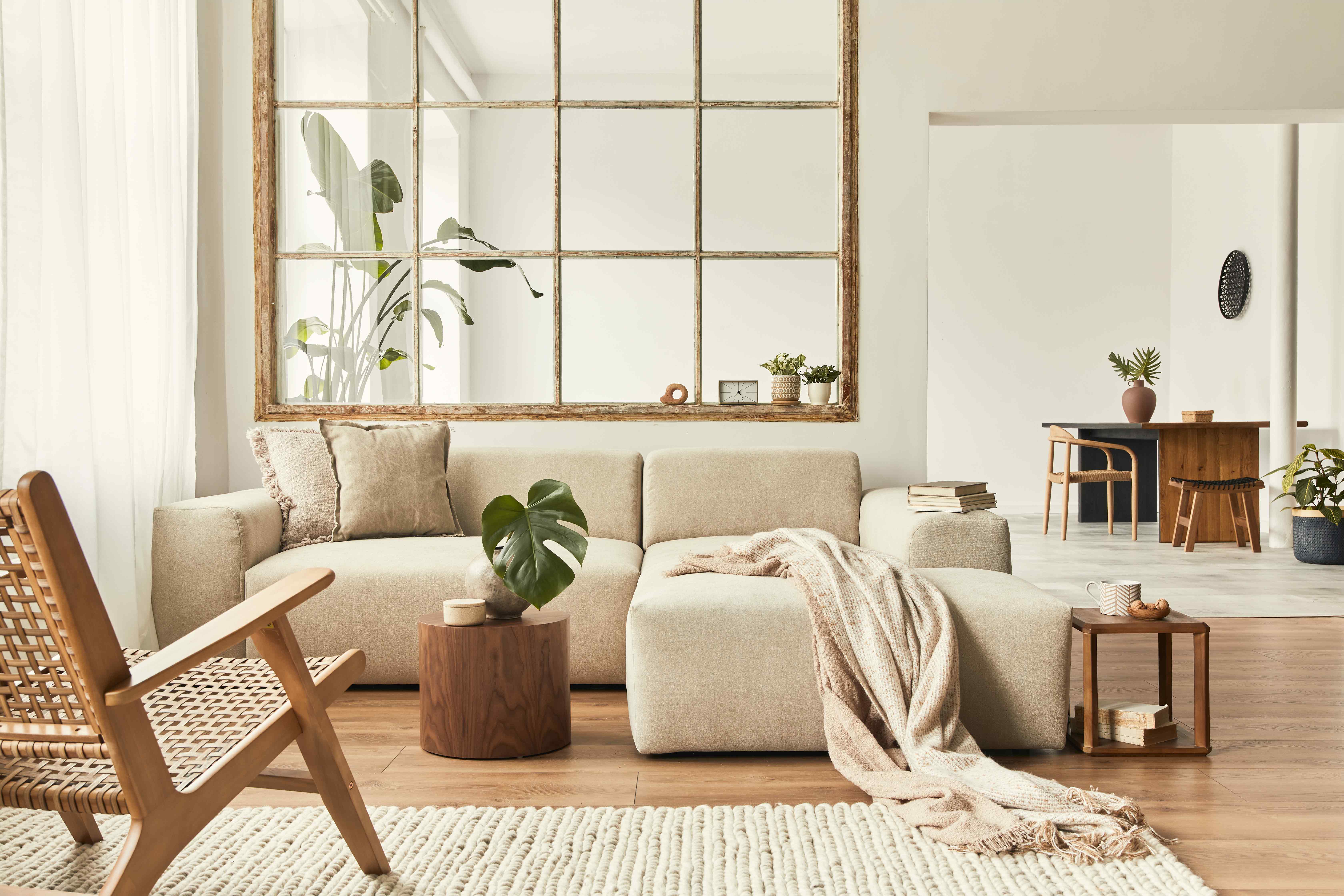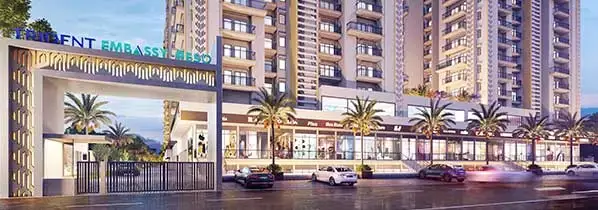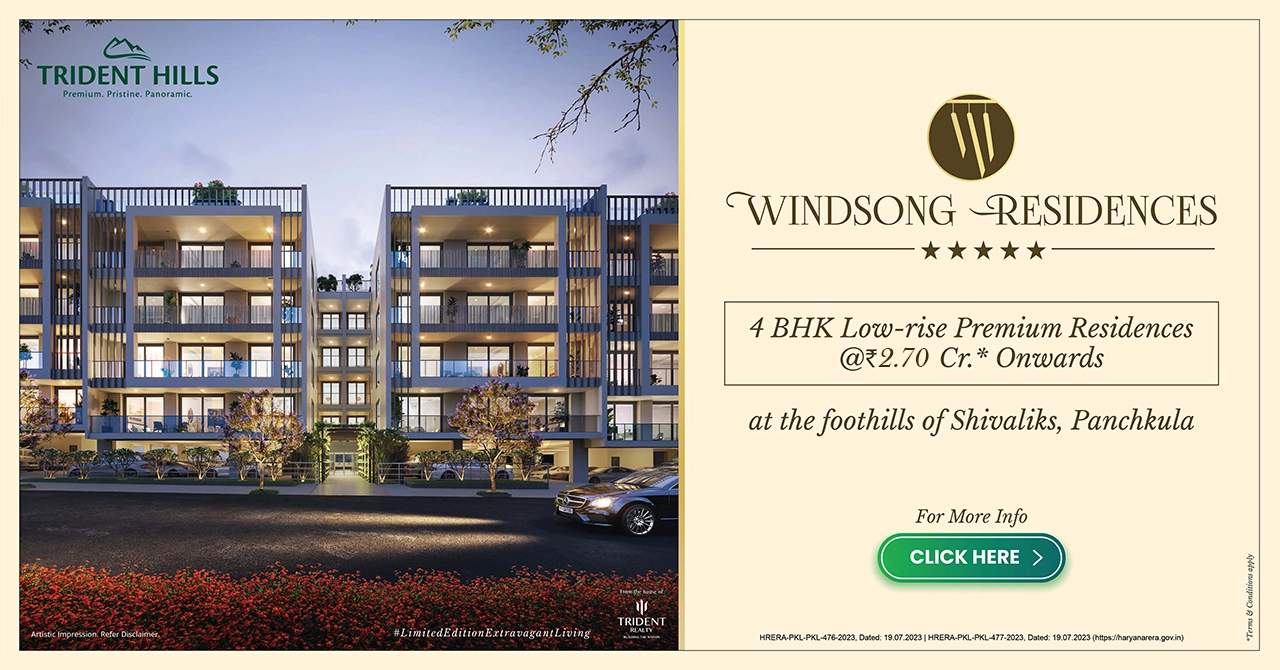
How Interior Design Drives Property Value
Introduction
In the competitive world of real estate, first
impressions are everything. Imagine walking into two identical apartments: one
is sparsely furnished with plain walls, mismatched furniture, and poor
lighting. The other is a thoughtfully designed space with modern furniture,
coordinated color schemes, and ambient lighting that highlights its best
features. Which one would you prefer? Most likely, the second option. This
scenario illustrates the powerful role interior design plays in real estate.
Not only does it enhance the aesthetic appeal of a property, but it also
significantly influences buyer perception and can ultimately determine the
property's market value.
In today’s real estate market, interior design
has evolved from being a luxury to a necessity. It’s not just about decorating
a space; it's about creating an environment that evokes a certain feeling,
tells a story, and meets the functional needs of potential buyers. Whether
selling or buying a residential property, or a commercial space, interior
design has the potential to make or break a deal. Let's explore the multifaceted role of interior design in real
estate, highlighting its impact on property value, buyer behavior, and
marketing strategies.
Enhancing
Property Value
One of the most significant impacts of interior
design in real estate is its ability to enhance property value. Properties that
are well-designed often command higher prices and sell faster than those that
are not. Here’s how interior design contributes to property value:
1. Maximizing Space : Effective interior design makes the most of available
space, making even small rooms feel spacious and functional. For example,
built-in storage solutions, strategic furniture placement, and the use of
mirrors can create the illusion of a larger area. This is particularly
important in urban environments where space is at a premium.
2. Improving Flow and Functionality : A well-designed interior improves the flow of a space,
ensuring that each room serves its intended purpose without feeling cramped or
cluttered. For instance, an open-plan kitchen and living area with clearly
defined zones for cooking, dining, and relaxing can appeal to modern buyers who
value multi-functional spaces.
3. Upgrading Finishes and Materials : The choice of finishes and materials plays a crucial role
in how a property is perceived. High-quality, durable materials not only look
better but also suggest that the property is well-maintained and built to last.
This can justify a higher asking price.
4. Adding Unique Features : Unique design elements, such as a statement fireplace,
custom cabinetry, or a designer bathroom, can make a property stand out in a
crowded market. These features add a sense of luxury and exclusivity, which can
significantly boost property value.
Influencing
Buyer Behavior
Interior design doesn't just affect the value of
a property; it also has a profound impact on buyer behavior. When potential
buyers walk into a well-designed space, they can envision themselves living
there, which is crucial in the decision-making process. Here’s how interior
design influences buyer behavior:
1. Creating Emotional Connections : Interior design has the power to evoke emotions. A warm,
inviting living room with comfortable furniture and soft lighting can make
buyers feel at home, while a sleek, modern kitchen can inspire feelings of
excitement and anticipation. These emotional connections can be the deciding
factor in whether a buyer makes an offer.
2. Highlighting Key Features : Good design highlights a property's best features while
downplaying any flaws. For example, a room with a beautiful view should have
furniture arranged to draw attention to the windows, while a small bedroom
might benefit from light, airy colors to make it feel more spacious.
3. Telling a Story : Every property has a story, and interior design helps to
tell it. Whether it’s a cozy family home, a chic urban apartment, or a
luxurious beachfront villa, the design should reflect the lifestyle that
potential buyers aspire to. This storytelling aspect of design can help buyers
see the property not just as a house, but as a home.
4. Facilitating Visualization : Staging a property with furniture and decor allows buyers
to visualize how they would use the space. This is particularly important for
vacant properties, which can appear cold and uninviting without the warmth of
furnishings. Staged homes are proven to sell faster and for higher prices than
non-staged homes.
Supporting
Marketing Strategies
In the digital age, where most buyers start their
property search online, interior design plays a crucial role in real estate
marketing. High-quality photographs of well-designed interiors can attract more
attention and generate more interest in a property. Here’s how interior design
supports real estate marketing:
1. Creating Visual Appeal : Online listings are often the first point of contact
between a buyer and a property. A well-designed interior that photographs well
can make a property stand out in search results and encourage potential buyers
to schedule a viewing. Professional staging and photography are essential tools
in creating this visual appeal.
2. Showcasing the Property’s Potential : Even properties that need renovation or are outdated can
benefit from strategic interior design. Virtual staging, where digital
furniture and decor are added to photos of empty rooms, can help buyers see the
potential of a space without the cost of physical staging. This technique is
particularly useful for properties with unusual layouts or those that are in
less-than-perfect condition.
3. Building a Brand : For real estate agents and developers, consistent and
high-quality interior design can help build a brand. When buyers recognize a
certain style or level of quality associated with a particular agent or
developer, they are more likely to trust that the properties offered meet their
expectations. This brand recognition can lead to repeat business and referrals.
4. Driving Engagement on Social Media : Interior design content is highly shareable on social
media platforms like Instagram and Pinterest. Posting photos and videos of
beautifully designed properties can drive engagement, attract followers, and
increase exposure for a listing. In some cases, a well-designed property can
even go viral, attracting buyers from outside the local market.
Challenges
and Considerations
While the benefits of interior design in real
estate are clear, there are also challenges and considerations to keep in mind:
1. Budget Constraints : Not all sellers have the budget to invest in professional
interior design or staging. In these cases, it’s important to prioritize key
areas that will have the most impact, such as the living room, kitchen, and
master bedroom. Even small updates like a fresh coat of paint or new lighting
fixtures can make a difference.
2. Market Expectations : Interior design should be tailored to the target market.
For example, a luxury condo in a city center might require a sleek, modern
design, while a suburban family home might benefit from a more traditional,
cozy aesthetic. Understanding the preferences of potential buyers is key to
successful design.
3. Personal Taste vs. Mass Appeal : When designing a property for sale, it’s important to
strike a balance between personal taste and mass appeal. While unique design
elements can add character, the overall look should be neutral enough to appeal
to a wide range of buyers. Overly personalized or niche design choices can
alienate potential buyers.
4. Sustainability and Trends :
As buyers become more environmentally conscious, sustainable design practices
are increasingly important. Using eco-friendly materials, incorporating
energy-efficient features, and creating designs that stand the test of time
rather than relying on fleeting trends can appeal to a growing segment of the
market.
Conclusion
In a market where competition is fierce, and
first impressions are crucial, well-executed interior design can be the
difference between a quick sale at a high price and a property that languishes
on the market. As real estate continues to evolve, so too will the importance
of interior design in helping properties stand out and attract the right buyers. Investing in interior
design is not just an aesthetic choice but a strategic one that can yield
significant returns.









